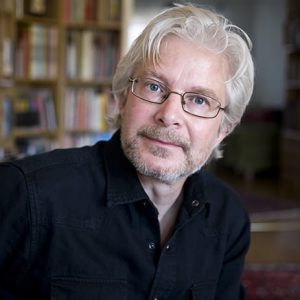There are two tempting pictures of the human. One is that we (ideally) are autonomous individuals who make rational choices on the basis of information. The other picture is that our individuality is coded in our DNA.
These pictures work in tandem in the marketing of direct-to-consumer genetic testing. The website of the personal genomics company, 23andMe, features their DNA “spit kit.” On the half-open lid you can read: Welcome to you.
That’s the DNA picture: Your DNA contains the information about you. For 99 dollars and a saliva sample you’ll get to know who you are.
If you click Order now, you encounter the other picture: Knowledge is power. By buying this product, you’ll be empowered to better manage your health and wellness. You’ll get information about diseases you risk developing and diseases you are less likely developing, and can plan your life accordingly.
That’s the autonomy picture: You are the driver of your life. For 99 dollars and a saliva sample, you are empowered as rational decision-maker about your health.
The combination of the two pictures is a powerful marketing campaign that can be followed on YouTube.
The US Food and Drug Administration (FDA) recently sent a warning letter to 23andMe, urging them to immediately stop marketing the test. The device isn’t just any commercial product, but is to be seen as medical technology. This implies certain quality standards:
- “…we still do not have any assurance that the firm has analytically or clinically validated the PGS for its intended uses…”
FDA also expresses concern about public health consequences if the test doesn’t work reliably. A false positive risk assessment for breast or ovarian cancer “could lead a patient to undergo prophylactic surgery, chemoprevention, intensive screening, or other morbidity-inducing actions, while a false negative could result in a failure to recognize an actual risk that may exist.”
Another concern is that patients who receive assessments of their personal drug responses may begin to self-manage their doses or abandon their therapies.
Genetic tests will no doubt play significant roles in the future. But genetic risk information is tremendously complex and its predictive value difficult to assess. The danger is that the deceptively simple marketing rhetoric of empowering individuals to take charge of their lives currently rather might empower people to hurt themselves.
The Swedish Foundation for Humanities and Social Sciences decided this autumn to support a joint European research program on genetic risk information. The program is led by Mats G. Hansson at CRB. Click the link below for a summary of the program:
FDA’s warning letter to 23andMe underlines the timeliness of the new program. More on this in the future!

